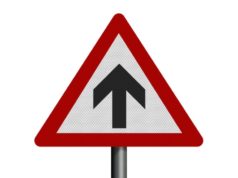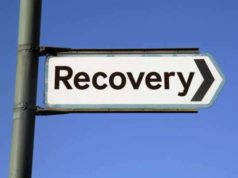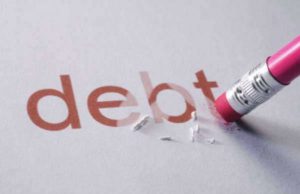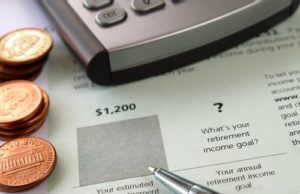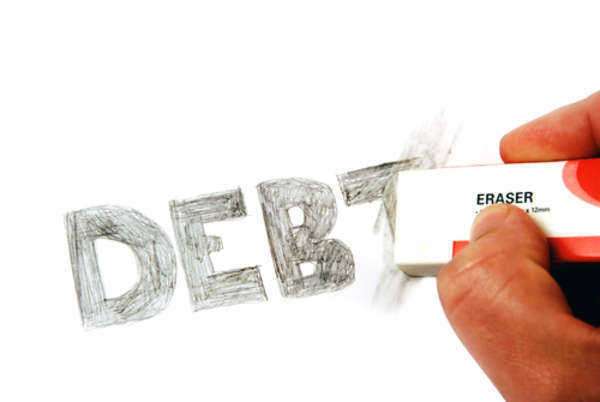
Steps To Debt Solutions: Understanding and Managing Debt
Debt can be a daunting and overwhelming experience for many people, whether it be from credit cards, student loans, or medical bills. However, there are ways to manage and even overcome debt through careful planning, budgeting, and responsible financial management. In this article, we will explore the steps to debt solutions and provide updated information on the topic using government resources.
Step 1: Understand Your Debt
The first step to managing debt is to understand exactly how much you owe and to who. This involves gathering all of your bills, statements, and other relevant financial documents, and making a list of each creditor and the amount owed. This will help you to identify the total amount of debt you are carrying and prioritize which debts should be paid off first.
It’s also important to understand your debt-to-income ratio, which is the percentage of your income that goes towards paying off debt each month. This can help you to identify whether you are living beyond your means and need to cut back on expenses or increase your income.
Step 2: Create a Budget
Creating a budget is an essential step in managing debt and achieving financial stability. A budget is a detailed plan of your income and expenses, including all of your bills, groceries, transportation, and entertainment expenses. By creating a budget, you’ll be able to identify areas where you can cut back on spending and put more money towards paying off your debt.
The government website MyMoney.gov offers helpful tools and resources for creating a budget, including a free budget worksheet and tips on how to stick to your budget. It’s important to be realistic with your budget and make adjustments as needed. For example, if you find that you are spending too much money on dining out, you may need to cut back on this expense and cook more at home instead.
Step 3: Explore Debt Relief Options
If you are struggling with debt, there are several debt relief options available to help you manage and reduce your debt. These include:
Debt Consolidation: This involves combining multiple debts into one loan with a lower interest rate, making it easier to manage and pay off your debt. The U.S. Department of Education offers a Direct Consolidation Loan for those with federal student loans, while private lenders also offer debt consolidation loans.
Debt Settlement: This involves negotiating with your creditors to lower the amount you owe. While this can be an effective way to reduce your debt, it can also have a negative impact on your credit score and should only be done with the help of a reputable debt relief agency.
Bankruptcy: While this should be a last resort option, bankruptcy can provide relief from overwhelming debt and give you a fresh financial start. However, it can also have a significant impact on your credit score and should only be done with the guidance of a bankruptcy attorney.
Step 4: Prioritize High-Interest Debt
One of the most effective ways to manage debt is to prioritize paying off high-interest debt first. This includes credit card debt, which often comes with high interest rates and fees that can quickly spiral out of control.
According to the Federal Reserve, the average credit card interest rate in the United States is currently 16.61%. This can make it difficult to make progress in paying off your debt, as a significant portion of your payment is going towards interest rather than the principal balance.
To tackle high-interest debt, consider focusing on paying off your credit cards with the highest interest rates first, while making the minimum payments on your other debts. This will help you to save money on interest and pay off your debt more quickly.
Step 5: Seek Professional Help if Needed
While there are many steps that you can take to manage your debt on your own, it’s important to know when to seek professional help. This includes talking to a credit counselor or debt relief agency, who can provide guidance and support in managing your debt.
Make sure to do your research and choose a reputable organization, as there are many debt relief scams out there that can actually make your financial situation worse. Look for organizations that are accredited by the National Foundation for Credit Counseling or the American Fair Credit Council.
The Bottom Line
Managing debt can be a challenging and overwhelming experience, but with careful planning and responsible financial management, it is possible to overcome debt and achieve financial stability. By understanding your debt, creating a budget, exploring debt relief options, prioritizing high-interest debt, and seeking professional help when needed, you can take control of your finances and work towards a debt-free life.
Debt solutions are any means or undertaking– initiated by a consumer stricken with debt—to alleviate the problems associated with mounting debts. Debt solutions, which in essence, are alleviations of debt, can be secured in a variety of ways. A borrower, crippled by debt, can seek a debt solution from professional institutions (such as a credit counseling agency) or can initiate the process themselves, by establishing a firm budget or engaging in refinancing. Whatever course the individual takes, all forms of debt solution—if enacted properly—will mitigate debts and all problems associated.
Consolidation as a form of Debt Solution:
The resources used to secure a debt solution will engage in a variety of financial maneuvers to help alleviate one’s debts. The most common undertaking is a consolidation. This form of a debt solution effectively agglomerates one’s debts into an extensive/singular repayment schedule. Consolidation, which is initiated by a credit counselor or by the debt holder him or herself, will eliminate the debt holder’s exposure to multiple/high interest rates, as well as the penalties associated with service, late payments or delinquent accounts.
To engage in consolidated debt solutions the borrower must decide how serious their debt problem is. If the repayment schedules are severe enough where they impede the purchase of necessities (clothes, food, housing etc.) or are impossible to effectively pay-off, the individual should seek the aid of a credit counselor. That being said, if the debts are purely secured (i.e. from credit cards or medical bills) the borrower can seek a debt solution without the inclusion of a professional—to engage in a debt solution by oneself, simply contact your creditors to seek a reduced pay-off amount, then transfer the balances to your lowest APR credit card.
For more severe debt cases (one’s that include multiple installment or real estate loans) an individual should contact a credit counseling agency. These finance professionals will inspect the borrower’s debt—including all variables associated with their repayment plans—to construct a viable debt solution. Debt solutions provided by these professionals include: development of a sound budget, debt consolidation, bankruptcy filings or debt negotiations with the underlying creditors.
The above debt solutions are all effective in conquering problems associated with debt. If a borrower engages in one of the above debt solutions their debts, over time, will diminish. Furthermore, credit score will eventually be repaired
How do Find Appropriate Help?
As stated above, an individual—consumed by debt—may secure debt Solutions from a number of resources.
The first step to seeking a debt Solution is to analyze whether the hiring of a professional or the filing of a consolidation is necessary. There is no precise amount of debt that will denote a consumer’s need for professional debt Solution. To analyze the inclusion of professional debt Solutions, the consumer will need to calculate his/her disposable income against his/her debts. If the figure derived is not enough to purchase necessities or meet monthly debt obligations the individual should seek the aid of professional debt Solution.
If the borrower is facing destructive debts, they must begin their search for debt solutions by contacting a credit counseling or debt consolidation agency in their area. A professional debt solution institution will be listed online or in the Yellow Pages—search these resources to amass a list of all professional debt Solution locations in a given region.
When the consumer secures a list of reputable credit counseling agents, the borrower will inspect the consumer’s debts to consolidate the figures or establish a stern budget. If consolidation is selected, the professional will contact the consumer’s creditors to negotiate a reduced payoff amount. After each creditor is contacted, the debts are packaged into a sweeping repayment plan.





